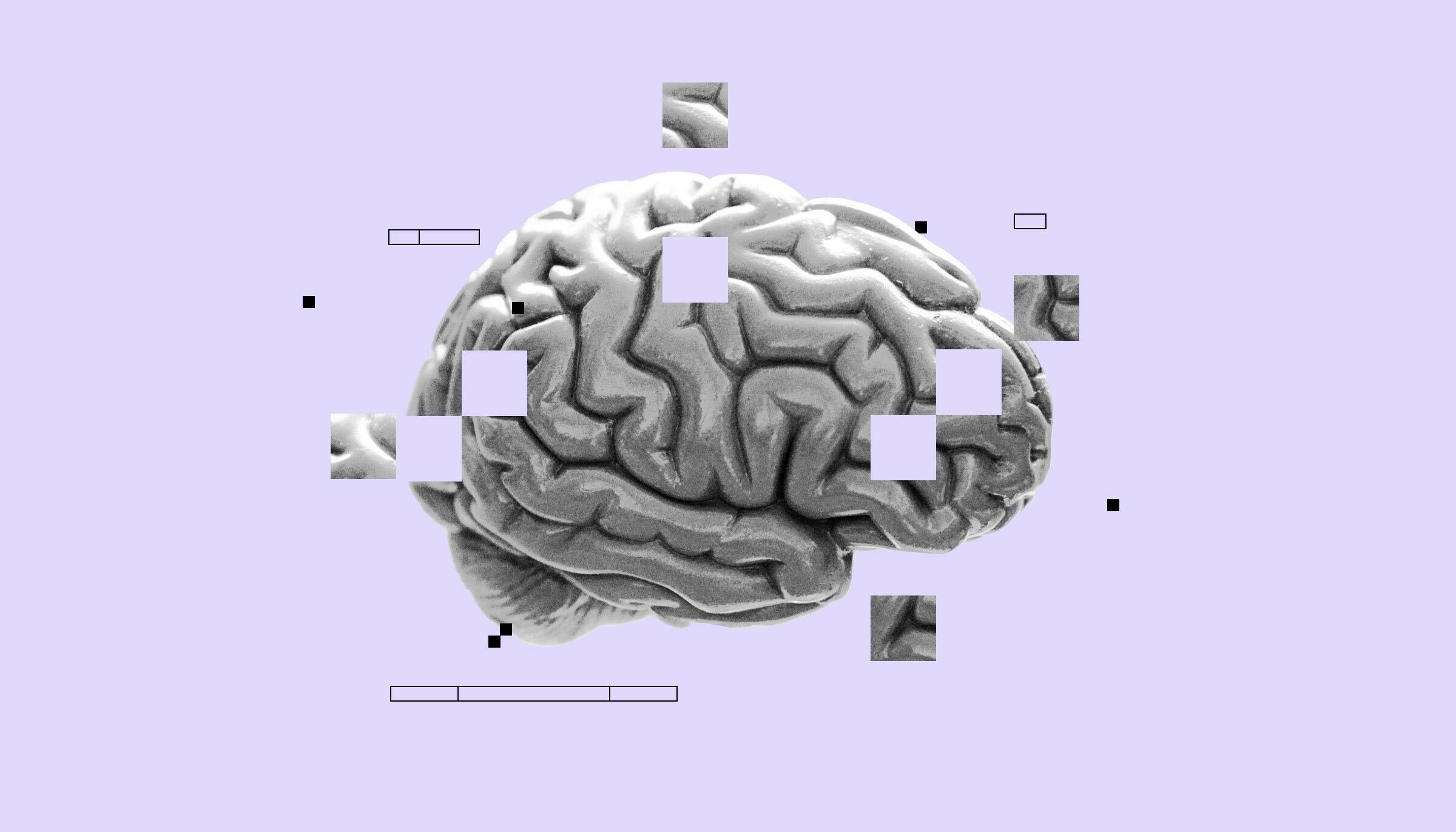The price of doing nothing is steep, and playing it safe is anything but. The only way to create a culture of innovation is from the top down.
There’s an old saying, “Nobody ever got fired for buying IBM.” Over the years, inertia has changed the meaning of that phrase from “It’s safe to buy quality” to “Nobody ever got fired for avoiding risk.”
So, while a given person may be rewarded for avoiding risks, the company itself can take severe hits for the same thing. And an individual may be rewarded for successfully taking risks, a company’s stock may tank on the basis of an unsuccessful or even just longer term risk potential.
How can we advise companies to take chances—and back their people when they do so—but distinguish between reasonable and unreasonable risk?









